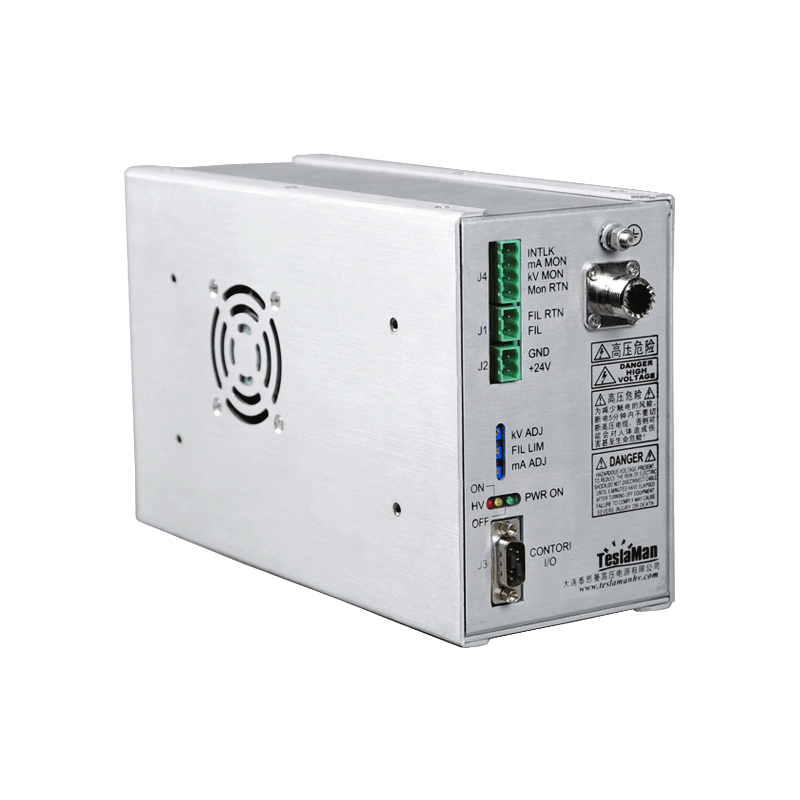High-voltage pulse power assists in coronary artery lithotripsy technology
High-voltage pulse power is a technology that can generate high peak value and wide pulse width. It can be used to drive various pulse loads, such as lasers, particle accelerators, etc.
In the medical field, high-voltage pulse power can be used for coronary artery lithotripsy. Lithotripsy is a minimally invasive surgery used to treat coronary artery narrowing or blockage. The traditional lithotripsy uses a balloon that must be continuously inflated to high pressure to achieve the purpose of crushing the thrombus. By using high-voltage pulse power, high-energy electric pulses can be released in a short period of time, producing a hydrodynamic shock wave to break the thrombus and achieve the purpose of lithotripsy.
The advantages of using high-voltage pulse power to drive coronary artery lithotripsy include:
Sudden high-voltage pulses can generate more powerful hydrodynamic shock waves, improving the efficiency of lithotripsy.
The pulse width is very narrow, which can avoid damage to the blood vessel wall.
There is no need for continuous inflation, simplifying the operation.
The volume is smaller, which is conducive to being installed in the catheter.
It is safer and reduces the risk of thrombus fragment migration.
It is more effective for old thrombi.
It can be used for small blood vessels that cannot be formed.
However, this technology also has some limitations, such as the need for precise control of pulse parameters and the consideration of the clustering effect of repeated pulses. Overall, high-voltage pulse power-assisted coronary artery lithotripsy technology is a very promising new technology.




















